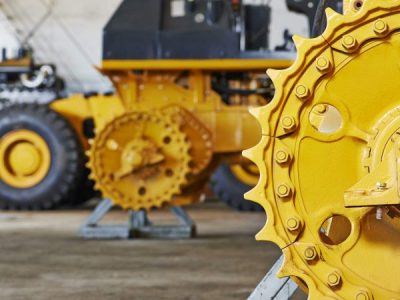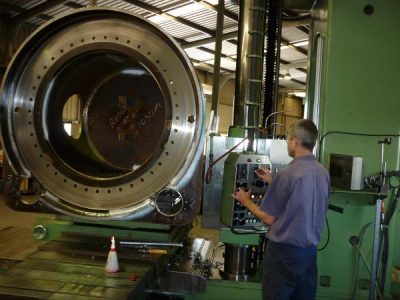A motor rotor shaft is the central element of an electric motor. The force and rotational movement of the motor is sent through the shaft and into the downstream elements, and so the rotor shaft plays a crucial role. We often have clients come to us with motor rotor shafts that are damaged, and in some cases, we can repair them. In other cases, the damage is too extensive, and the shaft has to be replaced.
There are only four basic failure mechanisms: corrosion, wear, overload, and fatigue. The first two, corrosion and wear, rarely cause machine-shaft failures and leave clear evidence on the rare occasions they do. Of the other two mechanisms, fatigue is more common than overload failure.
Corrosion
For corrosion failures, the environment and the action it has on the shaft material is the problem. Corrosion is a process that occurs when oxygen, water, acids, and salts mix together. The temperature must be above 0˚C, and relative humidity must be at 40-60%.
Wear
Wear can cause failure through other components subjecting a force onto the shaft. Bearings are a good example. If the bearings supporting the shaft aren’t monitored as they themselves wear, they have the potential to wear the shaft due to the extra forces being exerted. Any mechanical parts that the shaft is powering could also have the same effect.
Fatigue
One of the more common causes of motor rotor shaft failure is fatigue. Metal fatigue is caused by repeated cycling of the load. It’s progressive, localized damage due to fluctuating stresses and strains on the material. Metal fatigue cracks initiate and propagate in regions where the pressure is most severe. The concept of fatigue is straightforward when motion is repeated, and the object that’s doing the work becomes weak. Fatigue occurs when a material is subject to alternating stresses over a long period.
Overload
There can be many reasons that cause overloading of a shaft. The overload can be described in two ways: ductile overload and brittle overload. A Ductile overload occurs when a force is applied, causing permanent distortion from excessive force, and it bends or stretches as more force is used. Ductile overloads can be recognised by the distortion of the parts following failure. Brittle overload occurs when the shaft doesn’t have the ability to deform before breaking. Brittle overloads happen with little warning.
At Prime Engineering, we provide engineering solutions for engineers around the world. To learn more about our services or if you have any questions, get in touch with us today!



